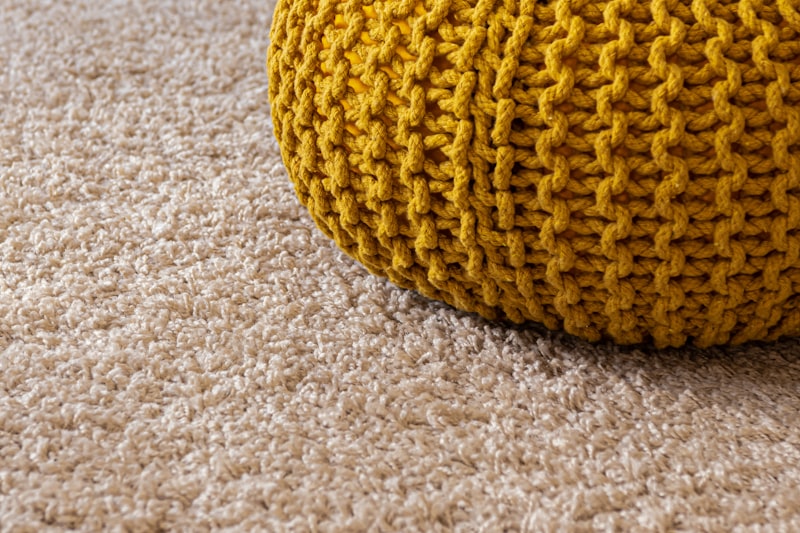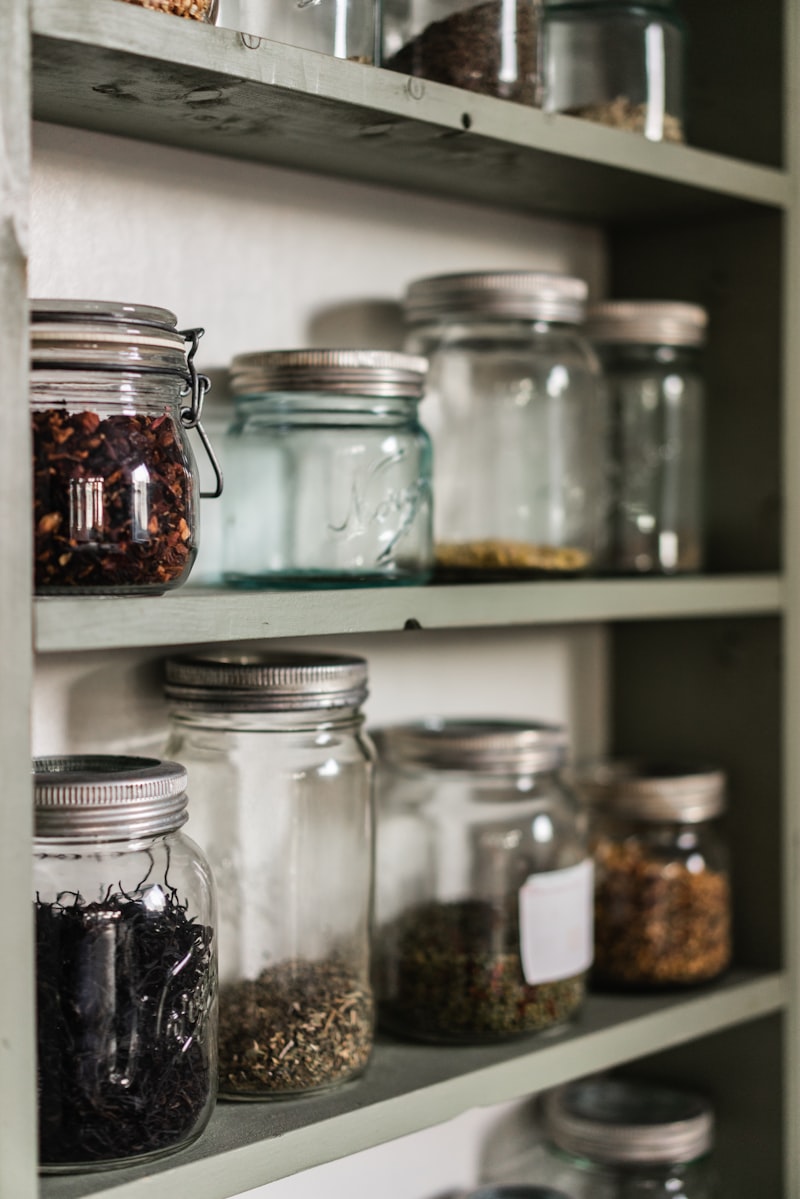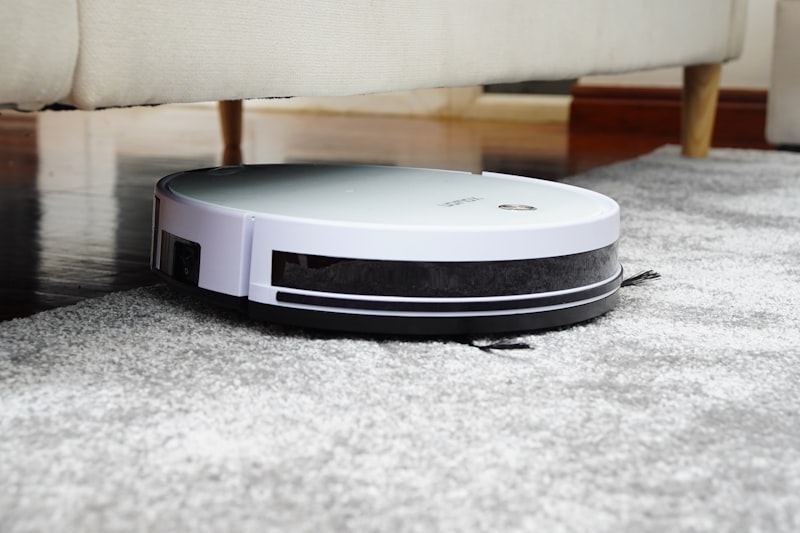This post is sponsored by Diamond Bloggers. All opinions expressed are my own.

Starting any new business can be daunting. Especially when its an at-home business. And nothing can derail the best of plans like the initial missteps taken when creating your business, particularly surrounding the realm of finances. This is why you will want to keep the following five financial options in mind when starting your next at-home business this season at home.
Decide Which Products or Services Your Small Business Will Offer
Before you can start a home business, you have to know what products or services you want to offer. And when deciding what business strategy will be most viable for you at home, consider these questions:
- What do you have to offer?
- What makes you an expert in this field?
- Do you have all of the education and skills you’ll need to compete successfully in the marketplace or will you need to get training?
- Does the product or service you’re thinking of marketing meet a need for your target demographic?
- Is this a seasonal product or service, or can you market for business throughout the year?
- How sensitive is marketing this product or service to general economic conditions?
- Do you have a passion for this business idea?
While money is great to earn, it’s not enough to propel you to success. You need to be enthusiastic about your offering to the public as well. Making one of the first financial options to consider for your at-home business whether or not you will be able to maintain your personal drive and enthusiasm when it comes to the day-to-day operations of your business. After all, if you cannot stand behind your idea it doesn’t make sense to invest in a business, training, marketing, and product production.
Your business is going to be your livelihood, so it should be something you believe in, enjoy, and would gladly promote to others. Which is why so many find success in turning hobbies into business structures. Because when you choose an idea you’re not excited about, it will be difficult to get motivated at times. It’s all about the mindset of remembering to “Do what you love, and love what you do.”

Know Your Market and Your Competition
While having a great product or service is required to start a business, without buyers, you still don’t have an equitable business. Which makes knowing your market paramount. Including being versed in what your demographic wants, needs, and what inspires them to continue to buy from you. All points are necessary for at-home business success. This means investing money in identifying your target market and determining your unique selling angle. This will help you to be able to set your business apart from others that are similar in your field. Here are a few things to consider when investing money in marketing or acquiring the services of marketing firms:
- Who Is Going to Buy Your Product or Service?
- What characteristics or traits will your typical customer or client have?
- Will you market to businesses, to consumers, or to both?
- What Is Special About What You Offer?
- How does your product or service meet the need of your target market?
- What is your competitive advantage?
Use these questions to create a marketable point of reference when it comes time to invest funds into crafting a marketing plan. This will help you when it comes time to outline how you’re going to let your target market to advance your business and business finances in the season to come.

Do the Tasks That Need to Be Done
There is a lot that goes into starting a home business. Along with the legal tasks of starting a business, there’s also the day-to-day tasks that can make or break our business. Such as the ability to deal with hassles and frustration of repairs, personal and employee health care, and costs of technology and upgrades. All expenditures that will require future financial planning and cash reserves to make these daily, weekly, or monthly tasks possible. If you can’t accommodate these costs or tasks, then a home business may not be for you.
To make sure you have the financial reserves to succeed, answer this question honestly: Can you handle the day-to-day general tasks that starting a small business requires, like:
- Supplying products/service
- Distribution of product
- Invoicing/billing
- Ordering supplies
- Bookkeeping expenses
- Marketing Costs
- Filing Costs
- Formation of LLC Costs
- Deal with temporary financial disappointment
- Manage financial overwhelm
While some of these tasks can be delegated to virtual assistants, many others will fall to business owners themselves to resolve. This can be hard when home business owners are solopreneurs, starting on a shoestring budget and having to wear all business hats simultaneously. It will behoove you to plan to start planning your cash reserves now. As well as how much of your net income you will reinvest in your business moving forward. Steps that will help financially and emotionally give you the stamina to carry you through until you can hire help or have a better footing in your own business in the seasons to come.

Make a List of What Needs to Be Paid
It’s much easier to complete any task or project if you have all your supplies ready and at-hand to start working. Which will make dishing out funds for the following crucial in starting your at-home business this season, including:
- A Home office. A dedicated, separate space with a door is recommended if you plan to take the home office deduction. This space will need to be used regularly and exclusively to run your business and will require funds to get this space up-to-code.
- Converting space: If your home office will be in a room, garage, or attic that requires building or altering the space, funds will need to be diverted to this expenditure.
- Space for inventory, supplies, records, and/or equipment. Remember to consider whether or not this space will need to be climate controlled.
- Power usage. Such as the installation of extra outlets, power strips, and the like.
- Secondary phone, fax, or internet lines. While many today use a cell phone, a second business phone line creates a separation from personal and business and allows you to have other business-only connectivity such as fax and Internet. Which may or may not require additional funding for installation as well.
As you determine what you’ll need, keep track of your estimated costs, and make sure these figures are properly accounted for in your initial cost projections as you start your at-home business.
Find Out the Legal Requirements are Necessary to Run Your Home Business with Neon Funding
While it’s tempting to set up shop and start selling right away, there is a protocol that must first be met before running an at-home business. Failure to comply with these rules can often result in fines and being forced to close up shop. Here are some legal issues to consider you will need to finance before starting your at-home business:
- Check your zoning laws before starting a small business. If you won’t have a sign, you can usually get a waiver. Also be sure to check with your homeowner’s association’s covenants and restrictions, as well as your lease agreement if you rent your office space, for any restrictions on-at-home businesses.
- Contact your city or county regarding a business license. Most areas have a business license requirement. Usually, it’s affordable and is generally under a few hundred dollars to obtain.
- Check with your state’s occupational regulatory agency to see if your business requires additional permits or licenses. For example, most businesses involving grooming (people or pets), financial help, child care, or food services are regulated by the state and you may need an additional on-site examination before a permit is issued.
- Get a sales tax license from your state’s taxation or comptroller’s office if you sell tangible goods. This allows you to collect and pay sales tax.
- Open a business-specific bank account. The IRS frowns upon the co-mingling of personal and business funds in tax filings.
- The costs associated with professional services such as Neon Funding, a lawyer, or an accountant.
- Get an employer identification number. While not required in a sole proprietorship, it is necessary if you employ people. It’s free and the advantage is that you can use it, instead of your social security number on business-related paperwork, you’re provided extra indemnity assurance when filing paperwork online.
- Protect your intellectual property by filing for a federal patent, trademark, or copyright. The costs of filing or minimal but will pay dividends in the years to come.
There are also costs that come from protecting your business. As when you go into business, you’ll potentially be exposing yourself, your home, and your family to a variety of risks. You need to think about how you’ll manage those risks and find out if you need small business insurance to help handle them before it’s too late. Which will require your business to require better personal insurance, property insurance, and liability insurance?
Remember, your homeowners’ and auto insurance policies weren’t designed to cover your home business. Small business insurance can be a major expense, but less expensive than a lawsuit or recovering from a loss due to a fire or other catastrophic event.
While you can start a home business on a budget, it’s not likely you’ll build a profitable one without incurring some expense. Which makes taking the previous five elements into consideration as you are calculating your startup costs. Everything from the amount of money you need to open up shop to daily petty cash funds. While it’s okay if you don’t know specific costs, but you want to get as close as possible, perhaps even over-estimate expenses.
Once you have your financial cost list in-hand, look for ways you might be able to cut costs and fund your business without going in debt. And always remember to factor in expenses such as how much will you need to pay your bills until the money starts coming in from your home business. Will you be keeping your full-time job or is there another breadwinner in the family that can help you until you develop an income stream? As you move closer to starting your business, keep a tally of expenses you didn’t anticipate and add them to your list.
Finally, since it takes money to make money, look for funding sources for your business that ideally won’t put you in debt. All important factors to financially consider when starting your own at-home business this season at home.
Friends, not only do you need money to start, but you’ll need money to stay open. The goal is to earn enough to cover your operating expenses and make a profit. With this in mind, how will you better financial plan for your own at-home business at home this season? Leave your plans and tips in the comments below!














































